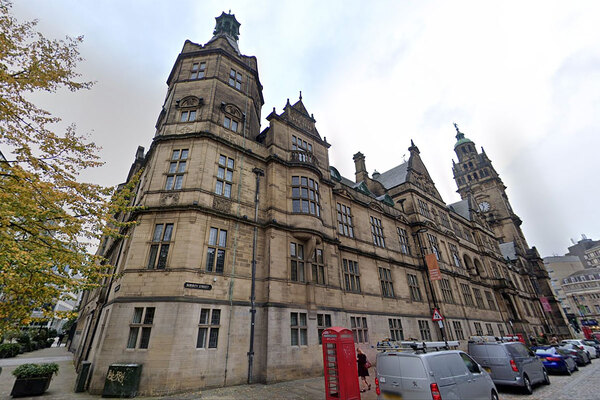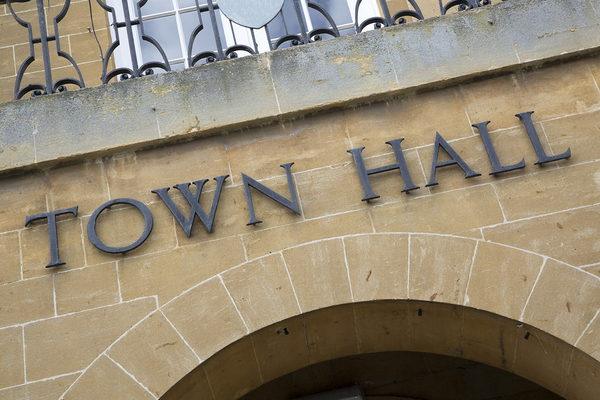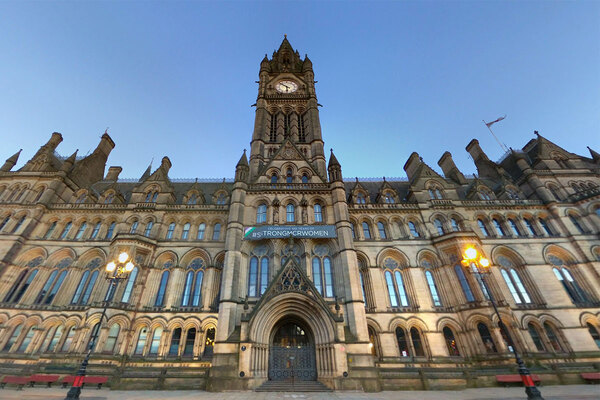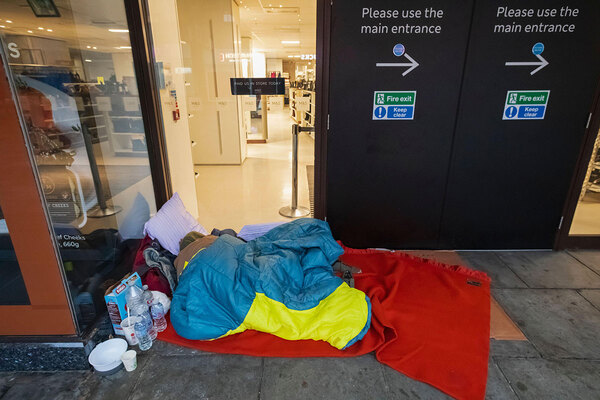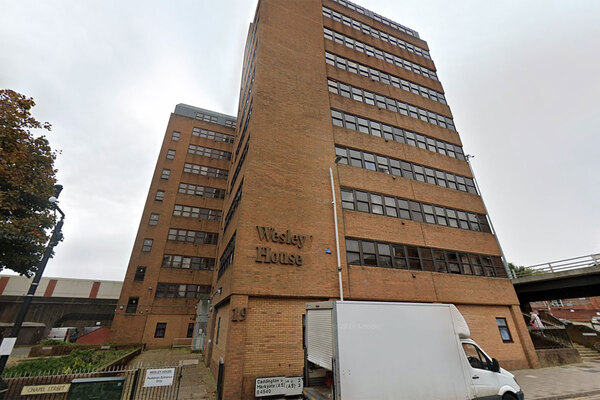You are viewing 1 of your 1 free articles
Temporary accommodation subsidy loss expected to reach £17m at city council
Bristol City Council’s annual temporary-accommodation subsidy loss is expected to reach more than £17m in 2024-25 if no steps are taken to reduce the cost.
The figure was revealed in a cabinet report outlining plans to release £980,000 of capital funding to lease flats from a registered provider for use as temporary accommodation. It estimates the move will save the council more than £230,000 per year.
Councils are losing millions of pounds in subsidy for temporary accommodation because of rules agreed more than a decade ago.
Local authorities pay the cost of that housing benefit upfront and then are paid back by the Department for Work and Pensions through subsidy arrangements.
Households receive the full housing benefit they are entitled to, but the amount the council can claim back for temporary accommodation is limited to 90% of the Local Housing Allowance (LHA) rates from January 2011. This means that if the cost of the housing benefit claim is higher than those rates, the local authority loses money.
The 90% rule was introduced when LHA was first reduced from the 50th percentile to the 30th, in recognition of the fact that temporary accommodation is more expensive than general-needs housing. At the time, this meant the LHA rate for temporary accommodation was higher.
However, the 2011 rates are now much lower than the actual cost of temporary accommodation, while the LHA rate payable for this type of accommodation is far lower than for general-needs LHA.
The latest government figures show that the number of households living in temporary accommodation has reached more than 109,000 in England.
According to Bristol’s report, it now has 1,400 households living in temporary accommodation.
It said: “The annual [temporary accommodation] subsidy loss for 2024-25 is estimated to total over £17m if no steps were taken to reduce this cost.
“Long-term, the solution to high numbers of households in temporary accommodation is to increase the amount of general needs affordable housing available and so we are working with our Housing Revenue Account (HRA) and registered provider partners to identify opportunities to increase our housing stock at pace.
“In the short term we are working on various workstreams to reduce our dependence on expensive private-rented temporary accommodation to reduce our subsidy loss.
“Without transformation, continuing to work ‘as is’ will simply see an increase in subsidy loss to the council as demand increases.”
It said an opportunity had arisen to take a 10-year lease for a city-centre building containing 10 ex-student flats and converting them to use as temporary accommodation.
The building has 34 bedrooms. The council has estimated that, based on savings achieved by moving people out of the most expensive accommodation it uses for temporary accommodation, the move could generate around £237,000 per year in subsidy-loss savings.
The report continued: “The next steps for the project will be to first agree the lease with the third party, then carry out surveys and begin the necessary conversion works to bring them up to the standards required for temporary accommodation.
“It’s assumed that the conversion works for all the flats in the block would complete at the same time, and then households would be moved in as needed.
“Households would then move out as and when suitable longer-term accommodation is found for them, and other households in need of temporary accommodation would be brought in.”
The council is also planning to extend a separate lease with the hospital trust on 24 flats, for use as temporary accommodation.
According to the report, the council has spent £800,000 on refurbishment, “so a longer term on the lease will increase value for money”.
“This benefits families who need temporary accommodation, as well as saving the council money by reducing the amount of subsidy loss on placements into these flats, resulting in savings of £328,000 per annum,” it said.
After repayment of the capital funding, the decision is expected to save the council £99,000 per year.
Bristol City Council has been contacted for comment.
Inside Housing recently reported that Sheffield City Council was losing millions to the same subsidy rules.
Sign up for our Council Focus newsletter
Already have an account? Click here to manage your newsletters



